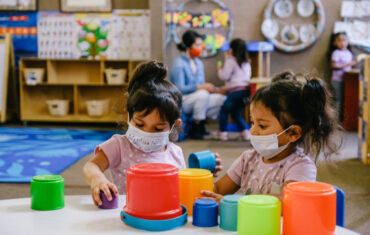Whether you are grocery to buy Covid 19 supplies, here’s what experts say about staying safe while going in and out of stores.
Plan your visit
June McKoy, M.D., associate professor of medicine at Northwestern Medicine said, “Make your list and go in like a Marine goes in: Parachute in, do your business, parachute out.” Part of that approach means visiting stores during off-peak hours when fewer customers are present, McKoy says. This helps to maintain social distancing, like staying 6 feet away from others in public as recommended by the CDC. This can help to slow the spread of the outbreak. The same goes for pharmacies, where McKoy suggests arriving early in the morning to beat crowds. You should ask your health care provider about getting a 90-day Covid 19 supplies of medications to limit future outings for refills.
For grocery trips, you should shop at stores that have started implementing precautionary measures of their own. Many stores limit the number of customers allowed inside the store at one time, putt up markers that keep people properly spaced in line. They also install panels between customers and cashiers at checkout. Many chains now offer special hours for older shoppers, typically in the morning. Those stores are better choices for you when buying Covid 19 supplies.
In the store
The CDC encourages all Americans to wear face masks that cover their nose and mouth in public settings like grocery stores and pharmacies. This does not replace the need to keep your distance from others. However, this is an additional measure to help slow the spread of the disease. When you enter the store, the experts recommend cleaning the supermarket cart or basket handle with a disinfectant wipe.
Ben Chapman, a food safety specialist and professor at North Carolina State University said, “We have no evidence at all that food or food packaging are transmission vectors that we consider to be risky in this outbreak.” This means you can touch goods Covid 19 supplies and fill your cart as you normally would. However, you should be careful to avoid touching your mask, eyes, or other uncovered parts of your face for the entirety of your errand.
Self-checkout allows you to avoid face-to-face contact with a cashier. But you’ll have to touch parts of the kiosk that many shoppers have touched before you. Some stores and states have banned reusable shopping bags. They require that customers who bring their own bags use the self-checkout option.
Once you exit the store, Chapman and McKoy advise cleaning your hands with a hand sanitizer containing at least 60 percent alcohol, being sure to do this before getting into your vehicle if you’re traveling by car.
At home
Once you get in the door, McKoy says to put down any shopping bags or Covid 19 supplies on the floor and walk “straight to the sink” to wash your hands. After that, you can put groceries or other supplies away, after which both experts advise another round of handwashing. You can rinse fresh produce like you normally would — with clear water, and wash your hands before preparing food or eating meals.
Make hygiene a habit
With the need to adhere to social distancing and stricter hygiene habits likely to persist for some time. McKoy stresses the importance of consistency — especially for older adults who may need to rethink daily routines and habits that have been set in place for many years.






